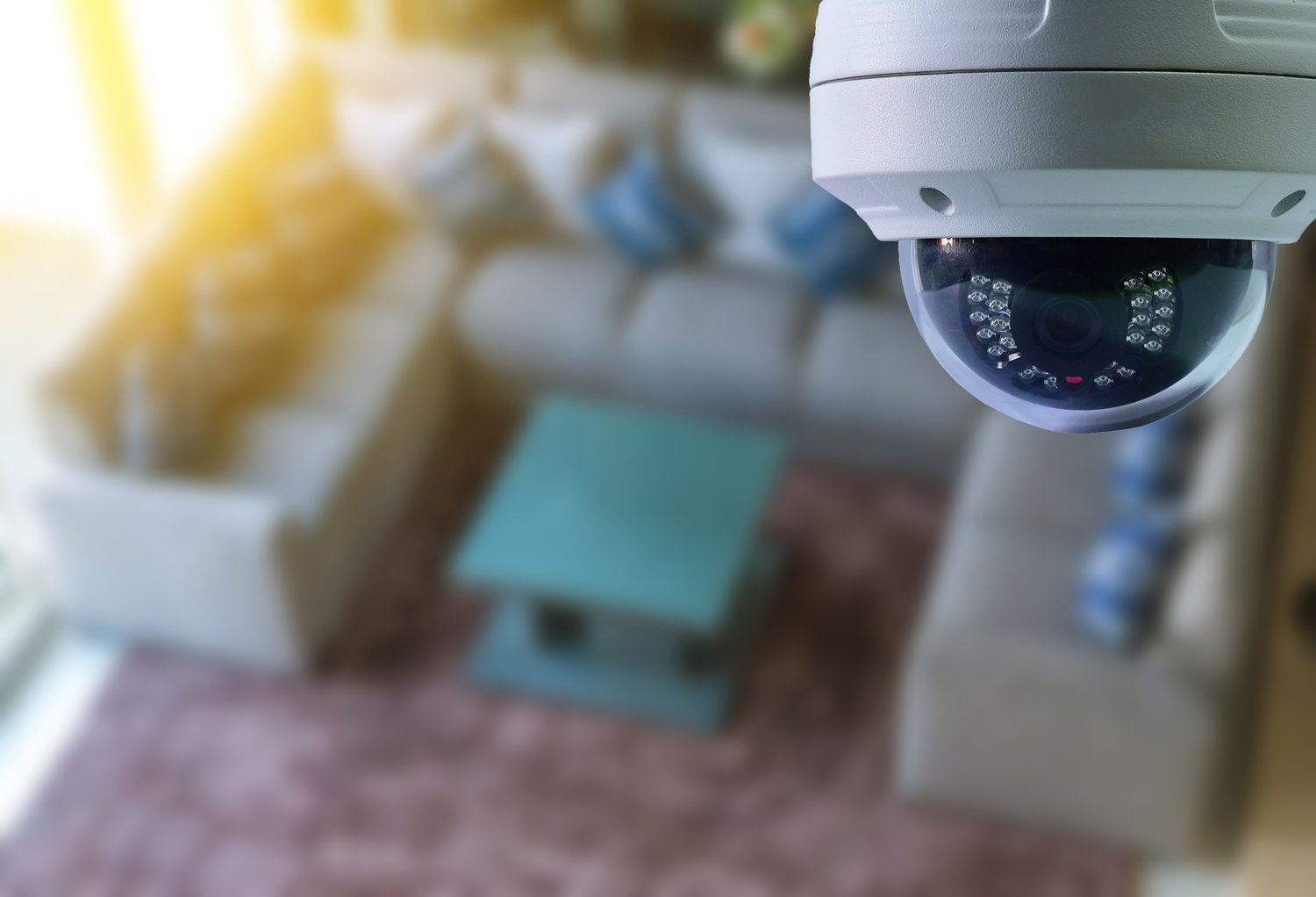Selecting the appropriate size for your home’s heating and cooling system is one of the most critical decisions you’ll make when upgrading or replacing your HVAC equipment. Many homeowners don’t realize that bigger isn’t always better when it comes to HVAC systems, and undersized units can be equally problematic. This comprehensive guide will explore why proper HVAC sizing is essential for energy efficiency, comfort, and long-term cost savings, along with practical advice on determining the correct HVAC capacity for your specific living space.
Why Proper HVAC Sizing Matters
The importance of correct HVAC sizing cannot be overstated. An oversized system will cycle on and off too frequently, leading to temperature fluctuations, excessive wear and tear, and higher energy bills. This short-cycling behavior not only reduces the system’s lifespan but also prevents it from running long enough to properly dehumidify your home. Conversely, an undersized system will run continuously, struggling to reach the desired temperature while consuming excessive energy and leaving your home uncomfortably warm in summer or chilly in winter. The furnace sizing importance becomes particularly evident during extreme weather conditions when an improperly sized system simply cannot keep up with demand.
Proper sizing also affects indoor air quality and humidity control. Systems that are correctly sized will run for appropriate cycle lengths, allowing for optimal air filtration and moisture removal. According to HVAC professionals at AskHomey, homeowners who invest time in proper system sizing report greater satisfaction with both comfort levels and energy bills over the lifetime of their equipment.
Common Sizing Mistakes to Avoid
One frequent mistake homeowners make when using an HVAC sizing guide is basing their decision solely on square footage. While area is certainly important, numerous other factors influence the correct HVAC capacity needed for a home. Ceiling height, window efficiency, insulation quality, local climate, and even the orientation of your house relative to the sun all play significant roles in determining heating and cooling requirements.
Another error is replacing an existing system with one of identical size without reassessment. Your previous system may have been improperly sized to begin with, or your home may have undergone renovations that altered its thermal characteristics. Additionally, advancements in HVAC technology mean that modern equipment often performs differently than older models with the same nominal capacity.
Some contractors may recommend oversized units to avoid customer complaints about insufficient cooling or heating. Be wary of professionals who don’t perform thorough load calculations before suggesting a system size. A proper assessment should take at least an hour and involve measurements and inspection of various home features.
How to Determine the Right Size for Your Home
The gold standard for determining how to choose right AC size is a Manual J load calculation. This industry-standard method accounts for all relevant factors that affect heating and cooling requirements. A proper Manual J calculation considers your home’s square footage, insulation values, window types and orientations, air infiltration rates, number of occupants, and local climate data to provide a precise estimate of your heating and cooling needs.
After the load calculation, HVAC professionals should also perform Manual S equipment selection to match your home’s requirements with the appropriate equipment capacity. This step ensures that the selected equipment will deliver the right amount of conditioned air to maintain comfort throughout your home.
For central air conditioning systems, sizing is typically expressed in tons, with each ton representing 12,000 BTUs of cooling capacity. Most residential homes require between 1.5 and 5 tons of cooling capacity, depending on size and other factors. Heating systems are sized according to BTU output, with typical residential furnaces ranging from 40,000 to 120,000 BTUs.
The Role of Zoning and Variable-Speed Equipment
Modern HVAC technology offers solutions that can help address the challenges of properly sizing systems for homes with varying heating and cooling needs across different areas. Zoning systems divide your home into separate areas with independent temperature control, allowing for more efficient operation by conditioning only the spaces that need it.
Variable-speed and multi-stage equipment can also help bridge the gap in sizing considerations. These systems can operate at different capacity levels depending on demand, effectively adapting their output to match your home’s changing needs throughout the day and across seasons. This flexibility provides more consistent comfort and improved efficiency compared to traditional single-stage equipment.
Professional Assessment: The Key to Success
While online calculators and rules of thumb can provide rough estimates, there’s no substitute for a professional assessment when determining the correct HVAC capacity for your home. Experienced technicians have the training and tools to perform accurate load calculations and recommend appropriately sized equipment for your specific situation.
When selecting a contractor to help with system sizing, look for professionals who are NATE-certified and follow ACCA (Air Conditioning Contractors of America) protocols for load calculations and equipment selection. The modest investment in proper sizing will pay dividends through improved comfort, lower operating costs, and extended equipment life.
For more tips and to connect with reliable home service professionals, follow AskHomey on Facebook and Instagram.



